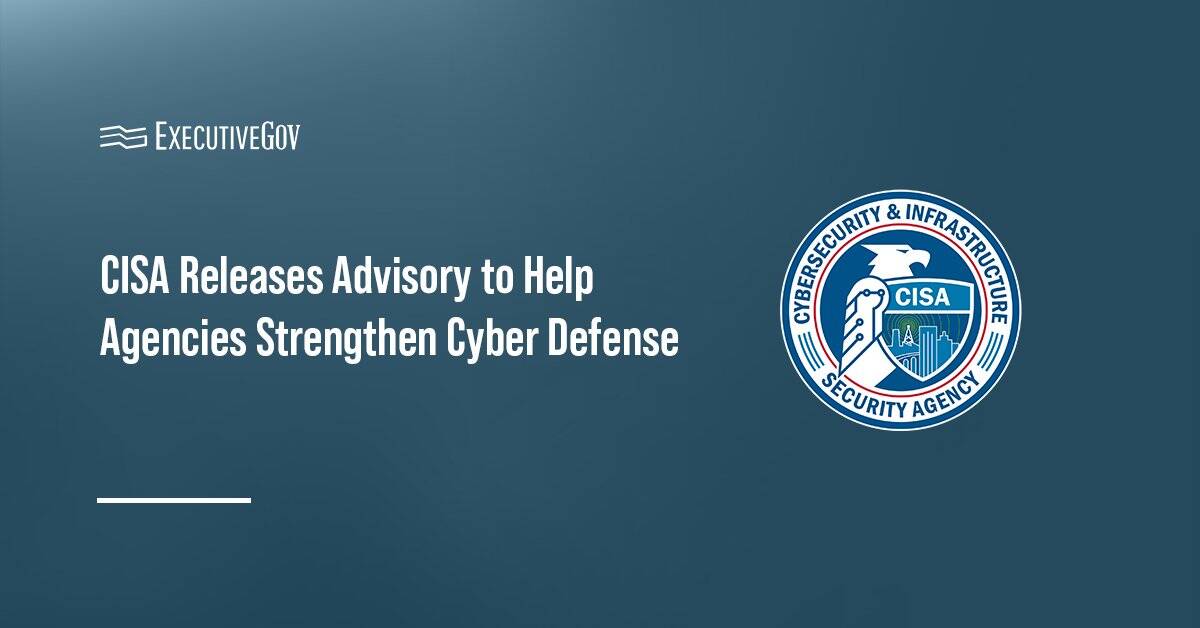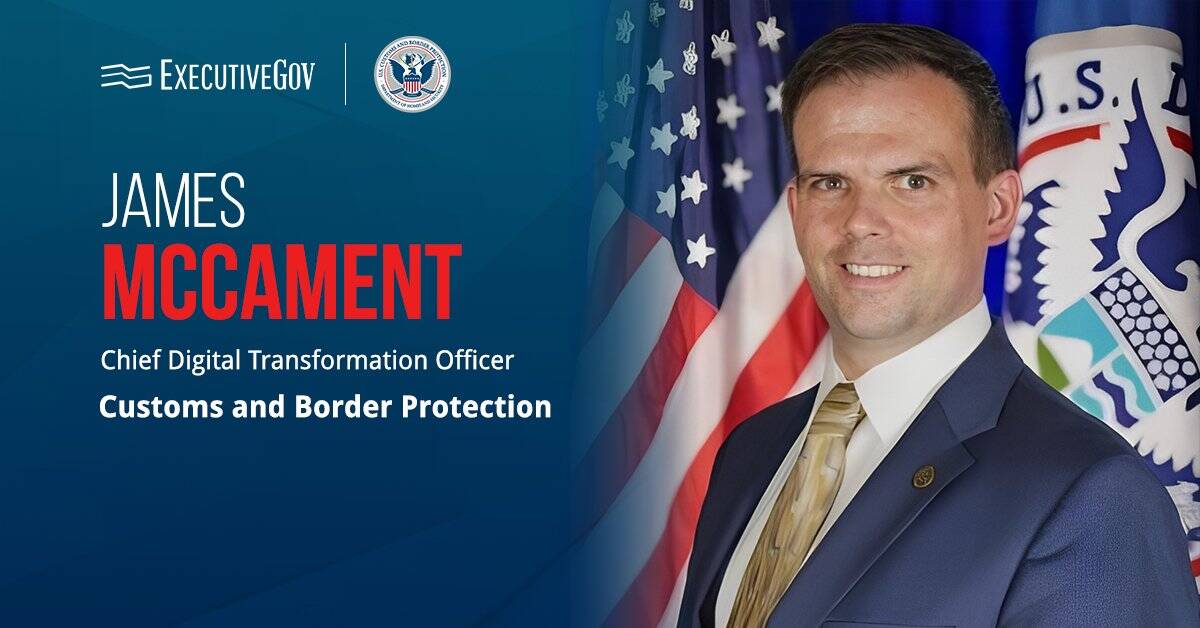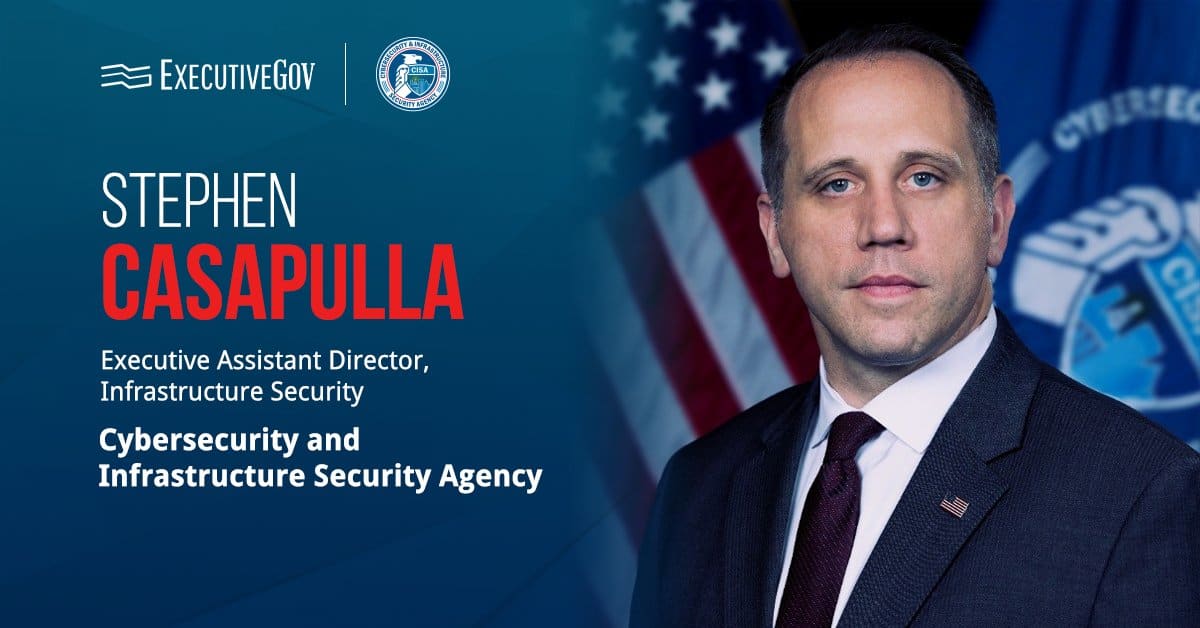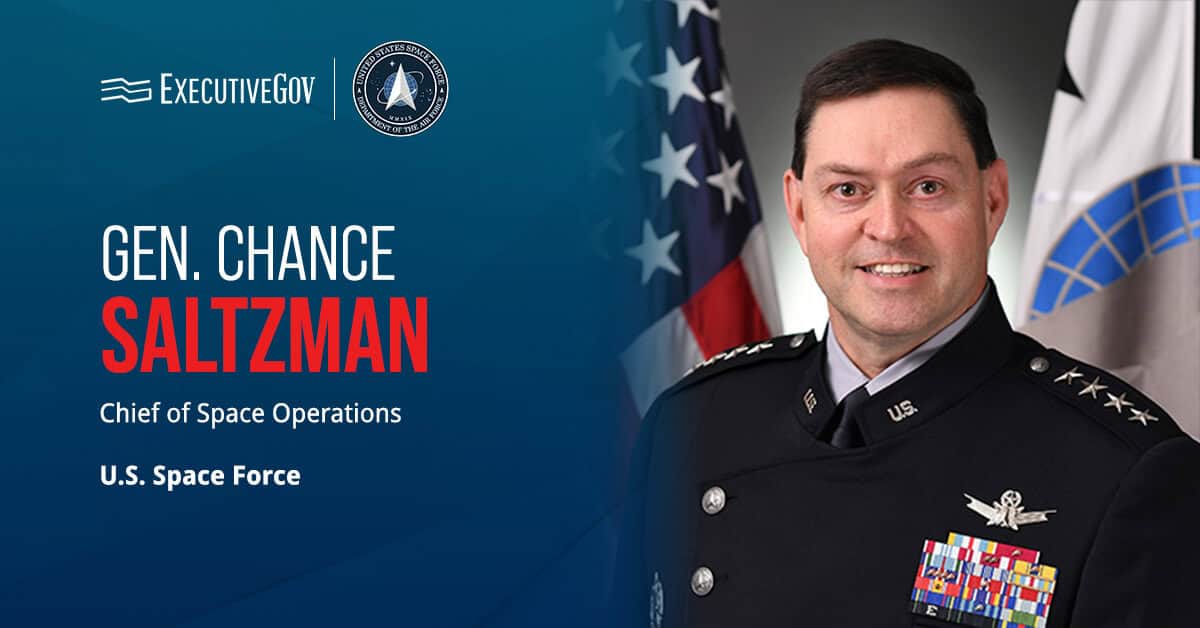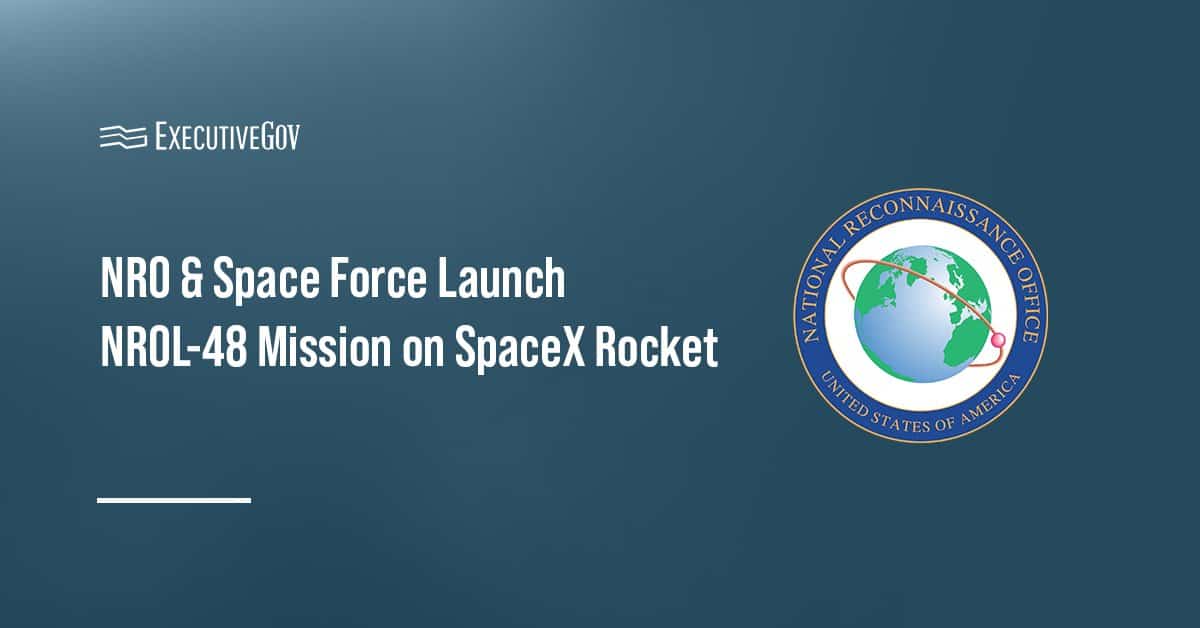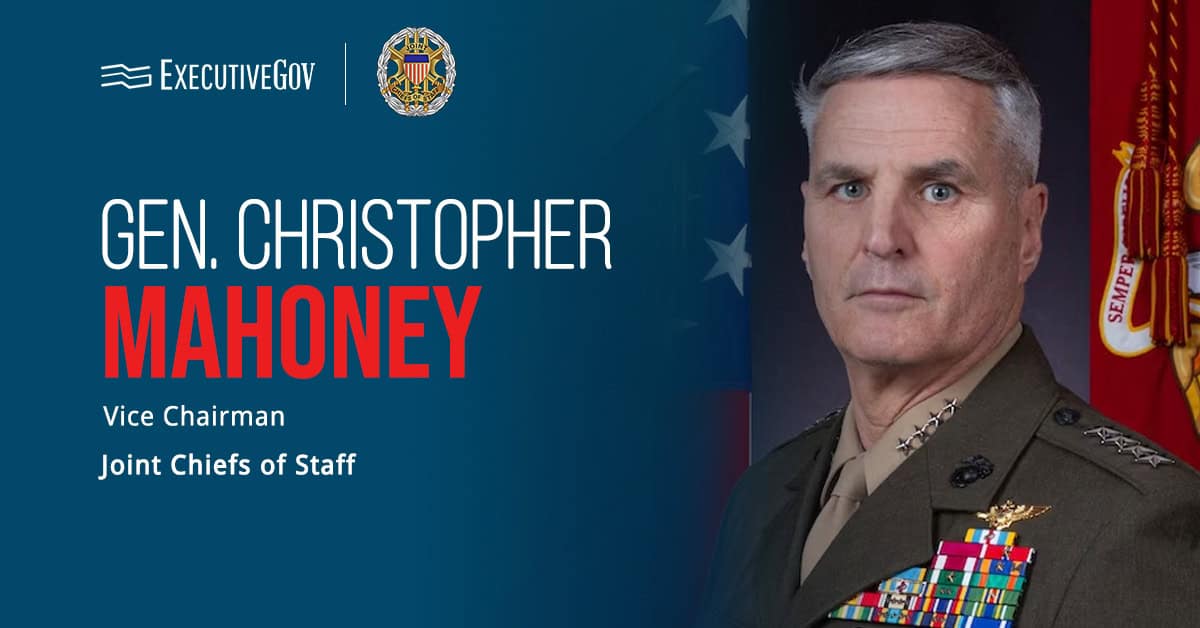The Cybersecurity and Infrastructure Security Agency has released a new cybersecurity advisory titled “CISA Shares Lessons Learned from an Incident Response Engagement.”
CISA is a DHS agency. Join the Potomac Officers Club’s 2025 Homeland Security Summit on Nov. 12 and learn about various homeland security programs, efforts and strategic initiatives.
The agency said in its report released Tuesday insights were gathered from a recent incident response engagement, which stated that CISA’s endpoint detection and response tool identified potential malicious activity.
The advisory urges organizations to better understand the tactics, techniques and procedures, or TTPs, used by cyber threat actors. These include the exploitation of GeoServer vulnerability CVE-2024-36401, which was used to gain initial access.
Strengthening Defense Against Cyberthreats
The new CISA advisory aims to help organizations reinforce their defenses across all sectors and reduce the risk of future security breaches. It emphasizes three important steps to take to enhance cybersecurity capabilities.
The first step is to accelerate patch management—prioritizing the timely application of patches for critical vulnerabilities, especially those identified in CISA’s Known Exploited Vulnerabilities list. Particular focus should be given to systems accessible from the public internet.
The second step involves continuously updating and validating incident response plans. Organizations should regularly refine their procedures to ensure swift coordination with external responders and the rapid deployment of essential security tools.
The final step is to enhance threat monitoring by implementing centralized, out-of-band logging. Security operations centers must maintain continuous surveillance and investigation of unusual network activity to promptly detect and respond to malicious behavior.


